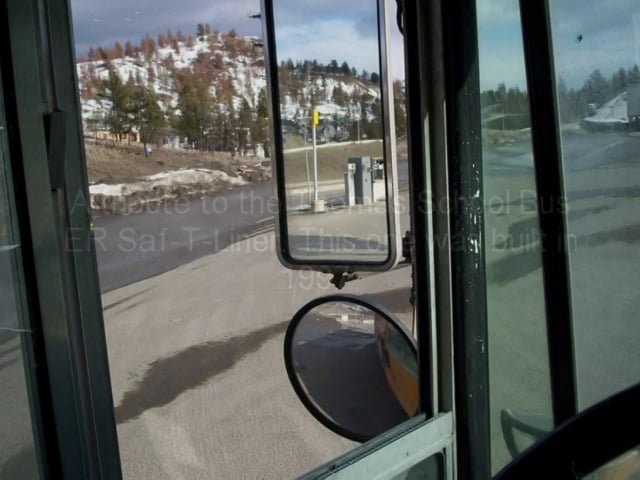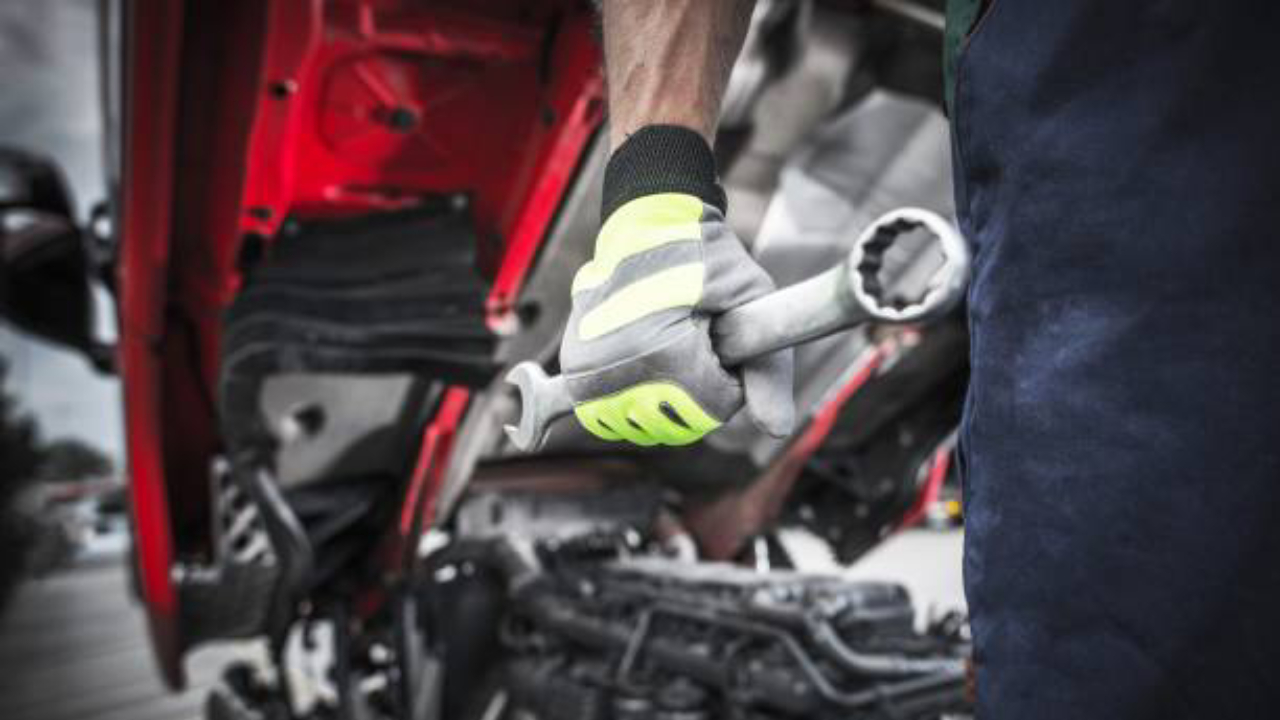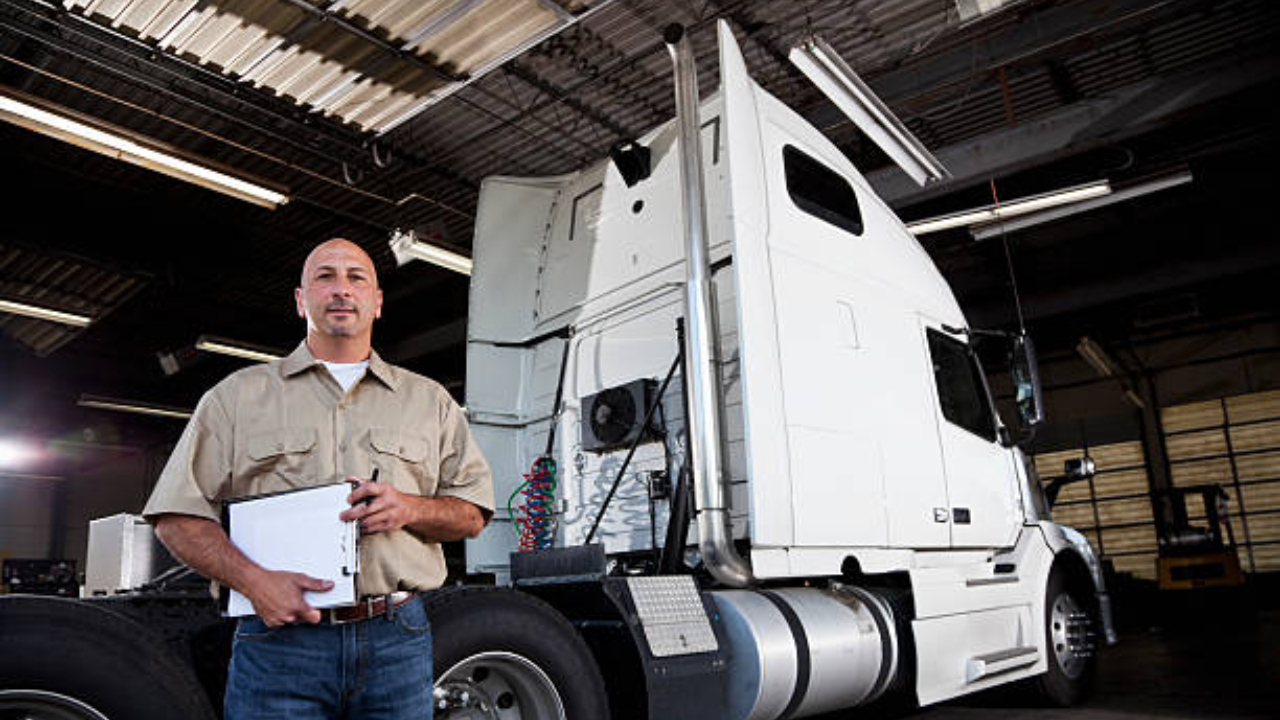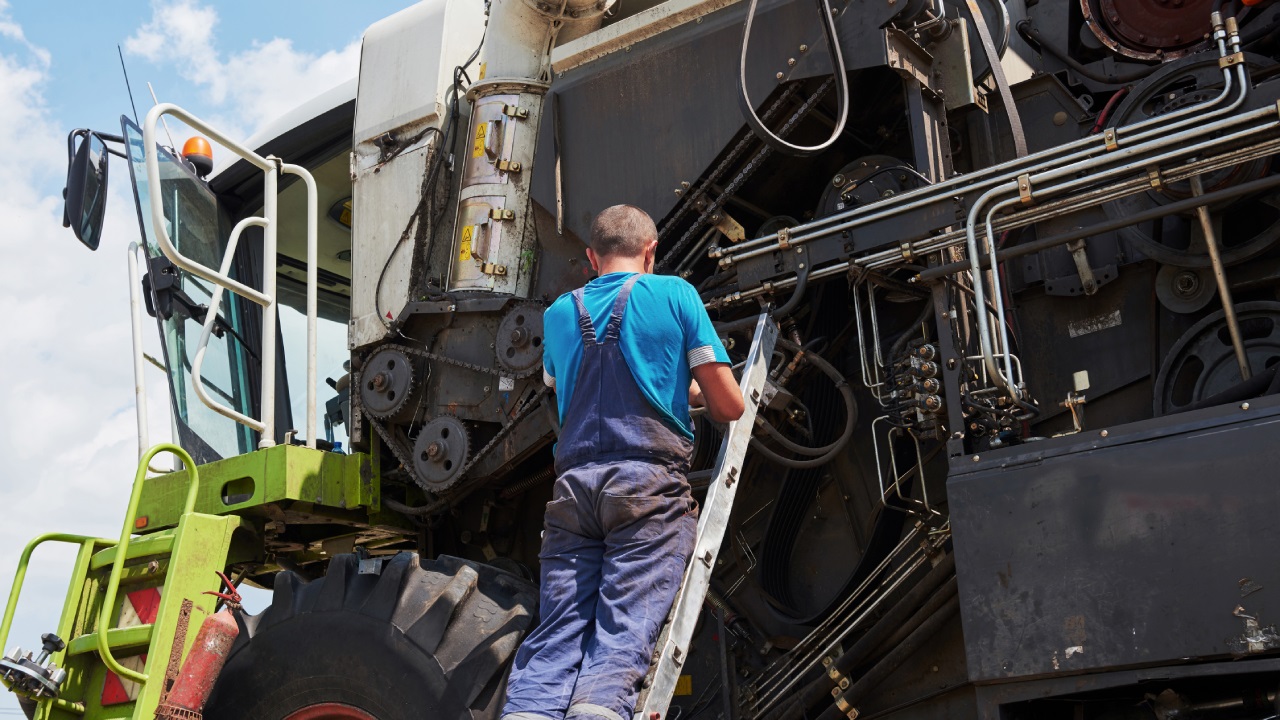Thomas Bus Pusher ER Saf-T-Liner Memories
Of all the Thomas buses my favourite model is the saf-t-liner pusher. It was mainly hard wired and much easier to work on using raw troubleshooting especially when dealing with electrical problems. Over eighteen years ago when I started with the shop they were running 3208 Cat diesel engines. The V-8 diesel has not had a great track record compared to the inline diesels.
To do a head gasket or injector replacement on a V-8 Cat you had to stand on your head. Some of the older pushers had these diesels with no turbocharger. That was labelled as a naturally aspirated engine. The engine fan was a direct drive from a gear box belt driven by the engine.
I think back at how antiquated that design really was. It was noisy and clumsy looking but that was the design of the time. We actually pulled a couple of these engines and rebuilt them on the floor. I must say I wish I had taken some snap shots back then. There was no engine stand and we used the crane to flip the block back and forth to bolt it back together.
Cummins ‘C’ Inline Diesel Engine To The Rescue
Once the Cat era was done the fleet acquired some Cummins ‘C’ model inline diesel engines installed in the pushers. These were great engines with Bosch fuel systems. Life in the shop was good since these models gave us lots of trouble free service.
A few head gasket problems and fuel shutdown failures were some of the more common repairs but all in all they performed very well. They came with a Kysor shutdown system which gave us some grief at times.
The Kysor monitored oil pressure and coolant temperature which was wired from a control module through the sensors to the fuel shutdown solenoid. Very basic but just the beginning of module controls integrating into school buses.
The engine fan was improved using a Parker design. The power steering pump ran both the steering and fan drive motor. The speed of the engine fan was controlled by a flow valve which ran off an engine coolant temperature switch. You could disconnect this switch and get full engine fan if needed.
Transmission Transformation
All of the Thomas Pushers originally came equipped with 643 MT Allison automatic transmissions. They were a cable shift design and a bit of a pain considering the cable ran front to back making it around 25 feet long. You can imagine some of the problems that came with a trans shift cable that long. It got stiff over time and changing it was not a walk in the park.
When we graduated to Cat 3116 diesels they came with Allison 3000 series electronic transmissions. They ran with control modules starting with a push button shift pad. This design was amazing with closer shifting patterns and better performance using computer monitoring. There were a few disadvantages because of the elements causing moisture to enter wiring connections and the wiring itself deteriorating.
Over time we had to replace a couple of clutch packs and a lot of twisted pair wiring along the frame because of too much resistance in the circuit. When dealing with computer controlled systems they are not forgiving at all when it comes to circuits with high resistance. Technology is always changing and Mechanic Techs need to be on top of these changes with hands on experience and training.
Thomas and International school buses have training centres in Highpoint, North Carolina and Tulsa, Oklahoma. I have had the pleasure of attending both factories for training and both experiences were invaluable.
Thanks for reading my memory lane post. The Saf-T-Liner in my opinion was the best pusher school bus Thomas Bus manufactured. Please leave your comments below.







